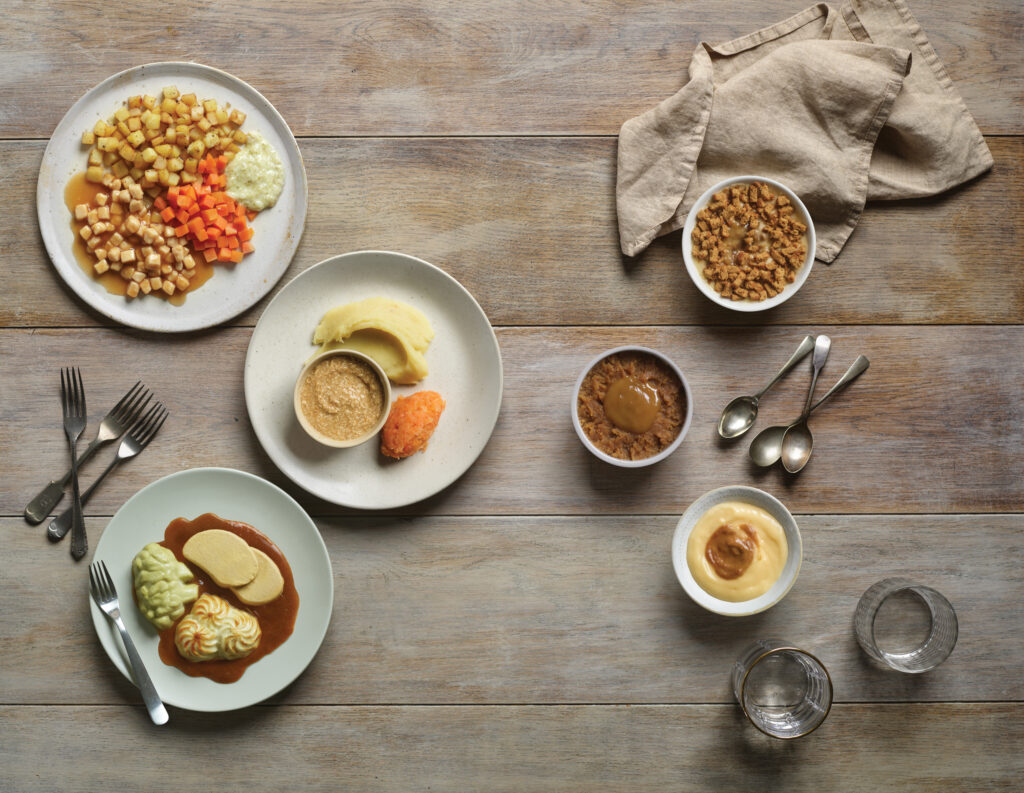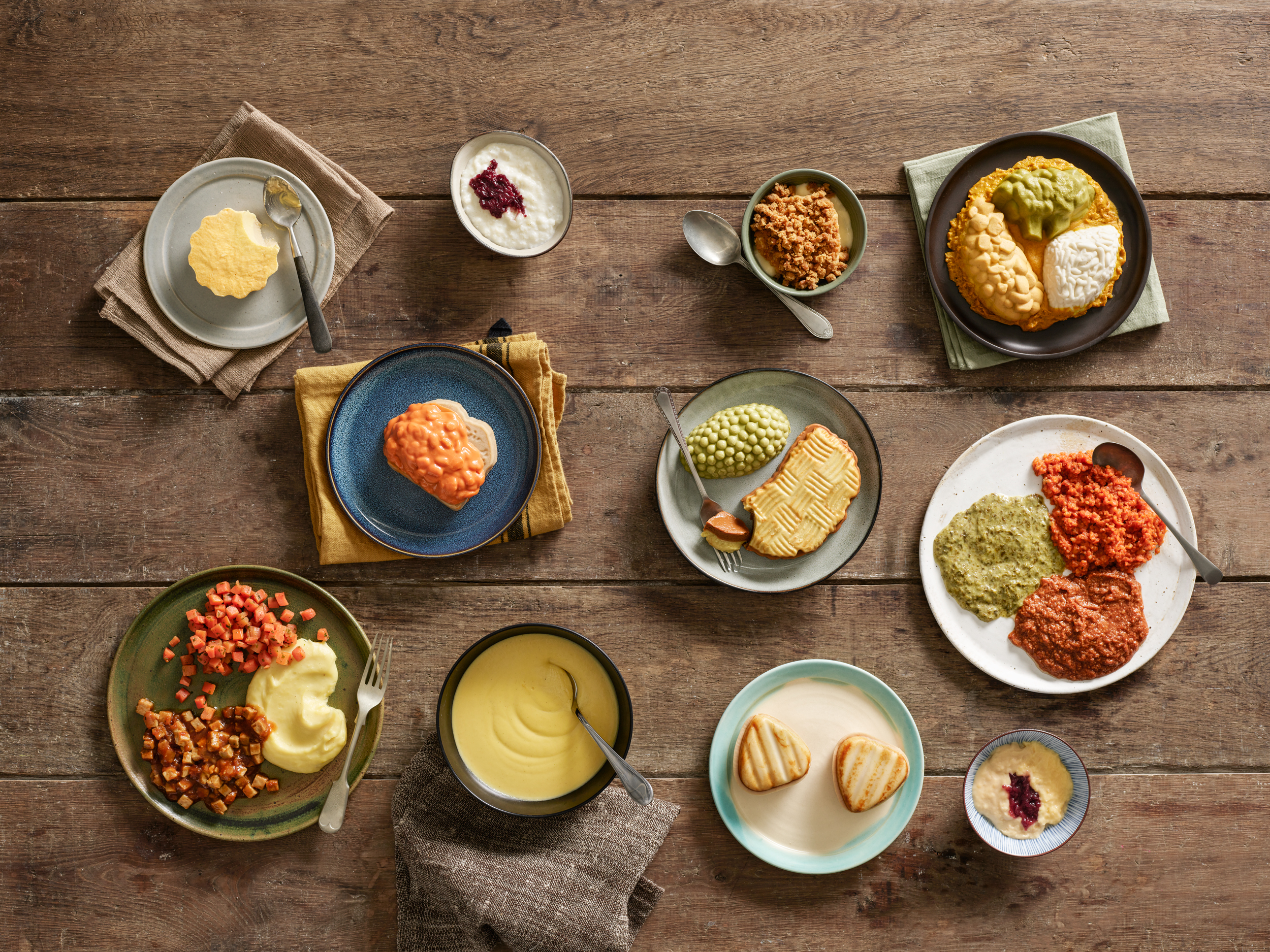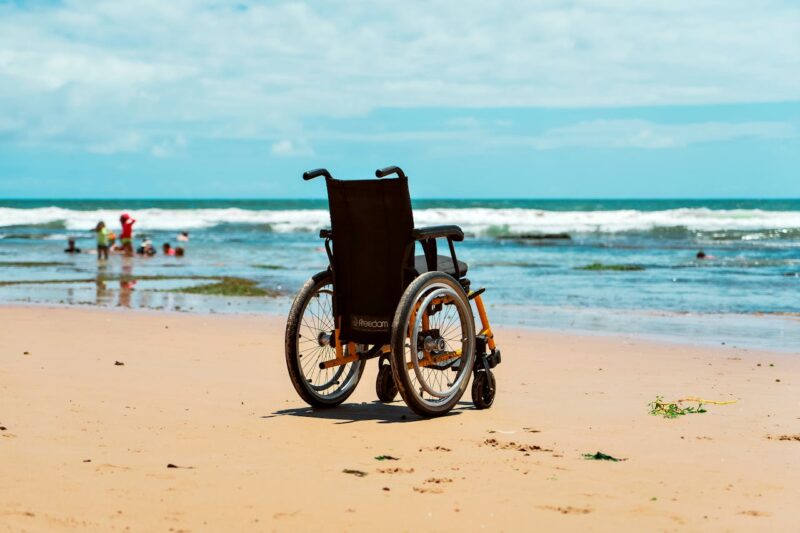By Sophia Cornelius, Development Dietitian at apetito
Stroke is one of the UKs leading causes of death with one striking every 5 minutes, and those who survive can be left with life altering conditions1. The damage that occurs as a result of insufficient blood supply can cause physical and psychological changes and the effect of this can impact a range of functions, including a person’s ability to eat safely.
Dysphagia, which is a difficulty in swallowing, is a common condition among stroke survivors. It affects approximately 55% of individuals who have a stroke and for up to half of these individuals, dysphagia can become a chronic condition persisting for more than six months post-stroke2, and for some their entire lifetime.

Dysphagia is managed through the modification of foods and fluids, the aim of which is for food to require less chewing. Food pieces are made smaller or completely smooth to reduce the risk of choking and aid bolus formation so that the food is swallowed in one, avoiding residue in the mouth which could cause aspiration.
There is a lot of stigma around texture modified food. In the past there was little or no thought given to the presentation or even taste of what was being plated, let alone the nutrition. However there have been huge advances in this area, therefore the days of unrecognisable brown slop should hopefully be behind us and residents can now have access to safe, recognisable, nourishing and tasty modified meals.
The transition to a texture modified diet is unlikely to be a straightforward and positive experience, especially if the reason for the change is due to a traumatic event such as a stroke. However, there are benefits which are often overlooked.
Eating normal textures might now be painful, but modified textures can alleviate this discomfort, making meals more comfortable and significantly enhancing the eating experience. These textures are also easier to control in the mouth, which benefits individuals whose stroke has affected their ability to chew or close their mouth. Fatigue during eating is common among stroke survivors with dysphagia. This combined with physical changes that make eating more challenging means that finishing a meal can be difficult. Nutritionally dense, texture modified foods require less effort to consume, preventing fatigue and ensuring that every bite counts.
Catering to residents with diverse nutritional needs and preferences is already a challenging task; the added responsibility of preparing texture-modified meals can make it even more overwhelming. Pre-prepared options are a great solution, they can provide assurance that they are the correct texture while also giving the resident a wider variety of meals to choose from and even enable them to have foods that would usually be deemed too high risk to blend with standard equipment.
Eating is often a social activity, and the enjoyment of food is enhanced by sharing it with others. This is why mealtimes can be an especially important time of day for care home residents through encouraging interactions with others. Providing texture modified meals can help stroke survivors to dine with dignity and enjoy their meals more easily with other residents, or friends and family, without feelings of embarrassment.
Find out more about the texture-modified range from apetito here: www.apetito.co.uk/our-food/texture-modified
1: Stroke Association. Stroke Statistics. https://www.stroke.org.uk/stroke/statistics [Accessed: 11 Jul 2024]
2: Smithard DG, Smeeton NC, Wolfe CDA. Long-term outcome after stroke: does dysphagia matter? Age Ageing. 2007 Jan;36(1):90-4. doi: 10.1093/ageing/afl149.




